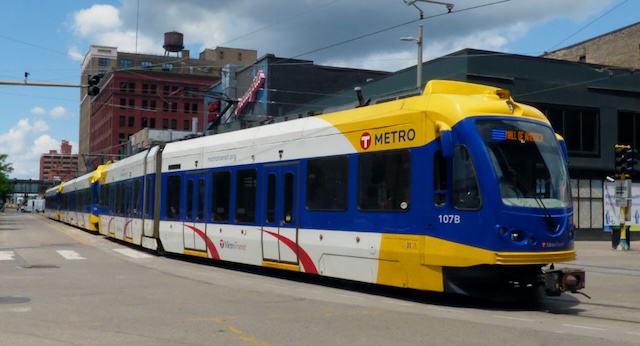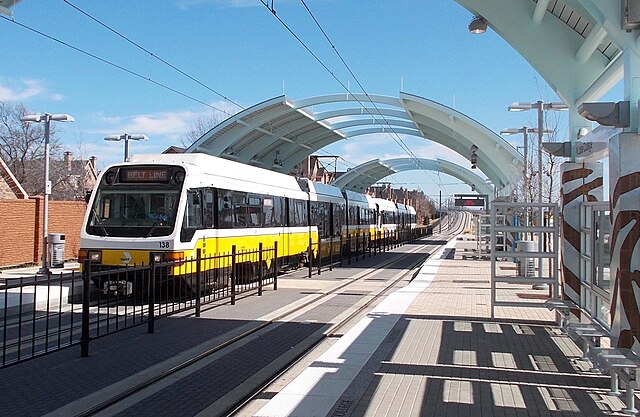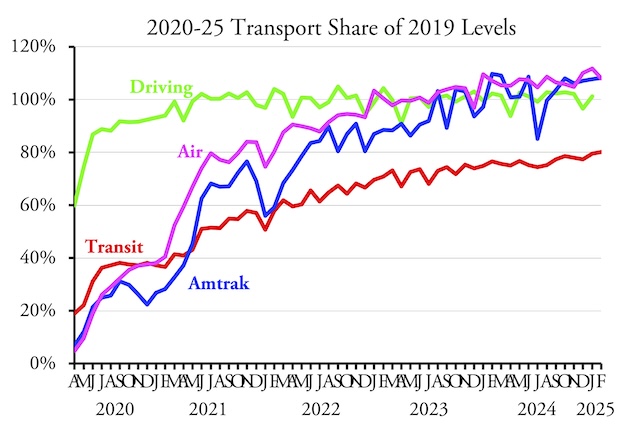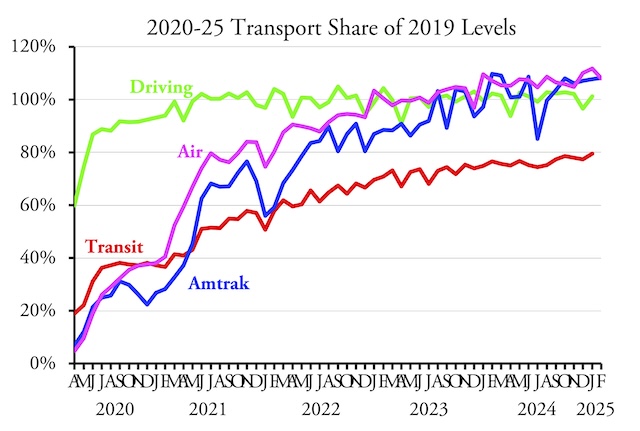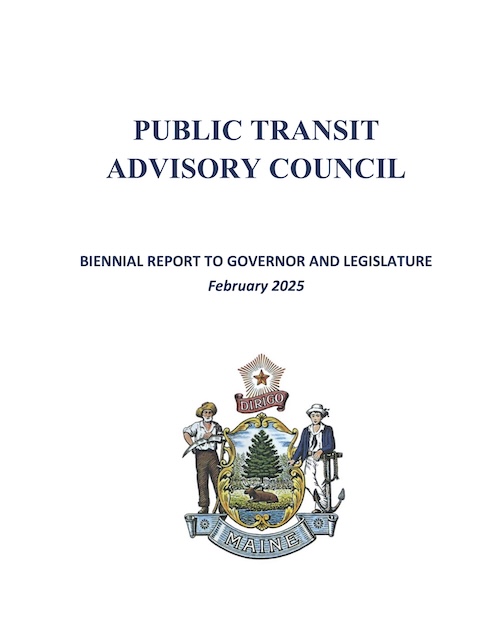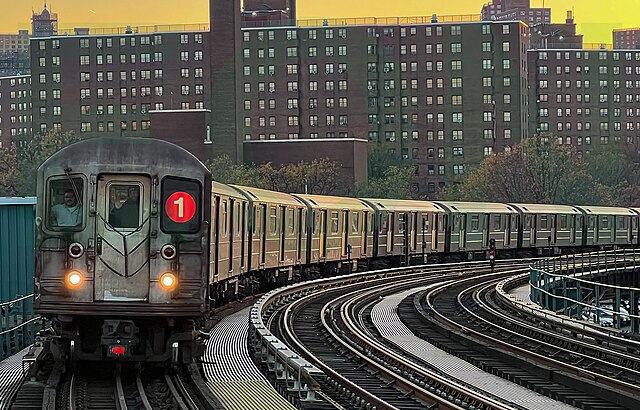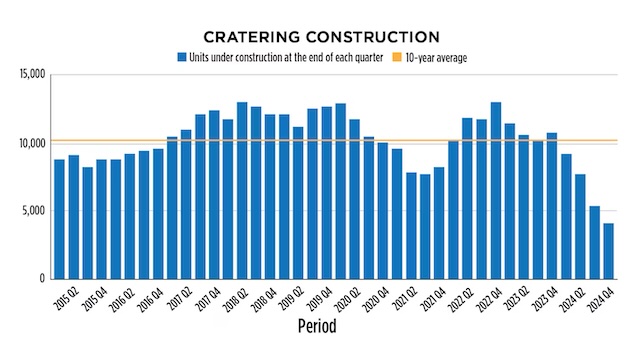New York University’s Marron Institute just released a report saying that Amtrak and commuter-rail lines could improve their service by making what the institute believes are low-cost changes to their operations. Specifically, the report suggests that railroads replace Diesel locomotives with electric, place platforms at all stops so passengers don’t have to go up and down stairs, and widen the doors on their cars so multiple passengers can board at one time. Based on this report, Bloomberg concludes that “America’s railroads are losing ground when it comes to infrastructural innovation, especially compared to other countries.”
Click image to download a 32.4-MB PDF of this 146-page report.
Because wider doors and level platforms would allow people to board more quickly and electric locomotives accelerate faster than Diesels, the report estimates that making these changes would save an average of 2 minutes per commuter stop and 4 minutes per intercity rail stop. This means that Amtrak’s trains between, for example, Seattle and Portland, which have six intermediate stops, could go the distance in 24 fewer minutes. Continue reading


